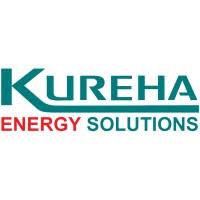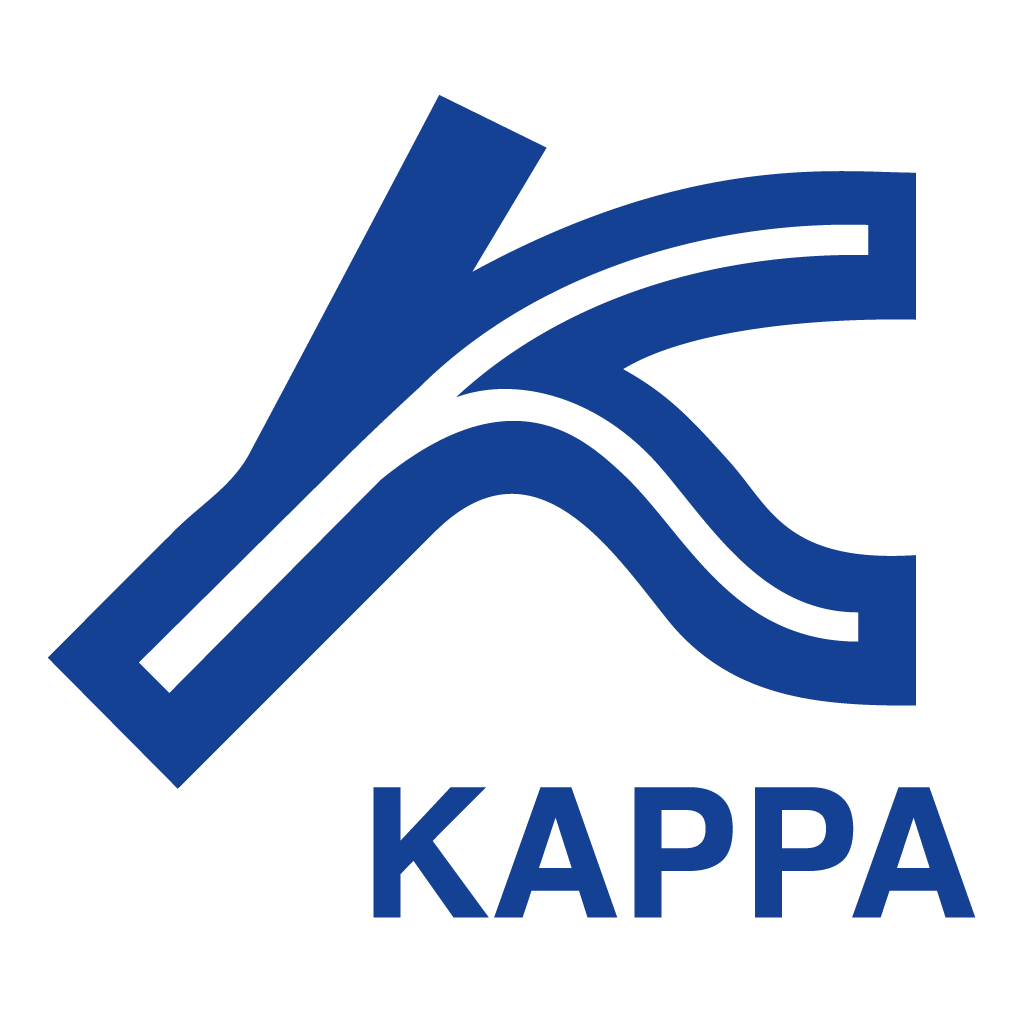Industry stakeholders remain highly aware of the volatility surrounding global oil prices, drilling economics, and the effects of regulatory changes. While drilling activity in key plays such as Vaca Muerta is accelerating, challenges remain, particularly concerning infrastructure scalability, cost inflation, and environmental compliance. In the years ahead, the focus will sharpen on improving recovery rates, optimising well lifecycles, mitigating decline curves, and maintaining investor confidence through transparent operational metrics and ESG-aligned performance. The evolving role of shale in domestic energy security and foreign exchange earnings positions Argentina’s shale sector as both a growth engine and a strategic asset.
How Industry is Advancing Shale Production
Incremental drilling alone will not be enough for long-term value creation. Advanced completion techniques, improved hydraulic fracturing sand logistics, water management strategies, and well refracturing are driving gains in production efficiency. The integration of real-time data platforms and predictive modelling is enabling operators to make more agile field decisions, from horizontal well spacing to choke management. Unconventional oil and gas production now requires end-to-end visibility across upstream assets, supported by continuous feedback loops between geologists, drilling engineers, and production managers.
High-pressure pumping units, downhole sensors, and rotary steerable systems have become key enablers of deeper and more targeted reservoir access. Unmanned operations, reduced site footprints, and digital twin applications are no longer theoretical concepts but practical necessities. As Argentina expands its shale operations to attract long-term investment and position itself as a global exporter, the demand for service providers able to balance speed, safety, and sustainability is higher than ever. Emerging business models, including shared infrastructure platforms and basin-wide resource pooling, are also transforming how stakeholders collaborate and compete.
The future of shale production is growing increasingly collaborative, data-driven, and geopolitically significant. With formations such as Vaca Muerta proving to be among the world’s most promising, there is a strategic need to balance rapid development with long-term basin stewardship. Producers are focusing not only on initial flow rates but also on enhancing cumulative recovery through secondary stimulation, fibre-optic monitoring, and well spacing optimisation. Regulatory engagement and social licence to operate will remain as important as lateral length and completion intensity.
Infrastructure bottlenecks, particularly in gas evacuation, processing, and storage, must be addressed to unlock full-scale potential. Midstream investment, local content development, and regional workforce training are emerging as cornerstones of shale strategy in Argentina and beyond. With upstream carbon intensity under scrutiny, flaring reduction and methane capture will play an integral role in licence extensions and export opportunities. Argentina Shale Production 2026 will showcase the leading technologies, practices, and partnerships that are pushing unconventional production into its next phase of maturity.













